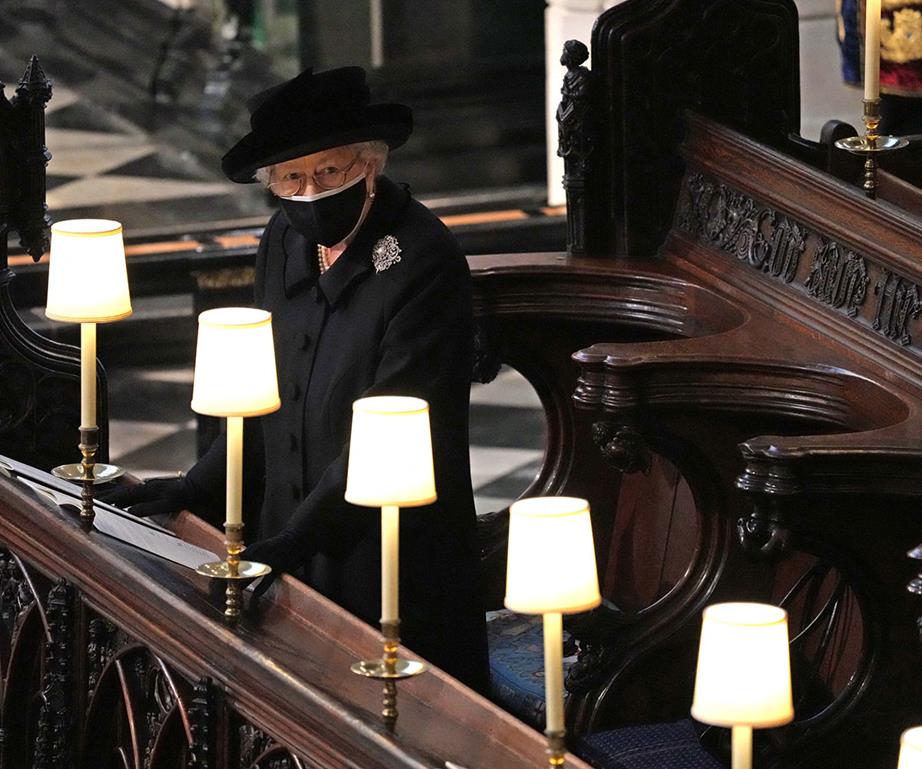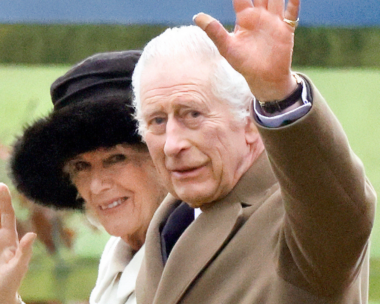While the death of Queen Elizabeth II would, in other circumstances, trigger what is known as Operation London Bridge, as Her Majesty was residing in her Balmoral residence at the time of her death, her passing triggered Operation Unicorn instead.
Operation Unicorn means that immediate business in Scottish Parliament was suspended to prepare for the state funeral.
A 10-day mourning period is officially underway.
Her Majesty’s body will now be transferred to London via a train at Waverley Station.
In different circumstances, the code phrase that would be used announce her death to the British Prime Minister, Cabinet Secretary and senior ministers and officials and civil servants would be “London Bridge is down” on secure lines.
Buckingham Palace announced in the early hours of the morning (New Zealand time) on September 9, that Britain’s longest-reigning monarch had died, aged 96, in Balmoral. All her children, including the now King Charles, and several of her grandchildren were with her at her Scottish property.

The Queen attending her husband Prince Philip’s funeral in April 2021. (Image: Getty)
After officials are notified, the royal household will issue an official notification informing the public of the Queen’s passing.
When her father King George VI died in 1952, the official statement read, “The King, who retired to rest last night in his usual health, passed peacefully away in his sleep early this morning.”
When the news is out, the UK parliament and the devolved legislatures in Scotland, Wales and Northern Ireland will adjourn, and parliament will be recalled if it is not currently sitting.
The British Prime Minister Liz Truss has also made a statement.
As they did with Prince Philip’s death, the royal websites and social media accounts will be edited to feature a black banner at the top and the state funeral will be held in 10 days from the announcement.
An official period of mourning will also begin, meaning flags will be flown at half mast, church bells will be muffled, events will be cancelled, and other royal families will come to pay their respects.
Once the Queen passes away, her son Prince Charles will immediately be considered King of England. Next in line after him is his son Prince William and then his son, Prince George.
Charles’ wife Camilla, Duchess of Cornwall will stand by her husband’s side as Queen Consort just like Prince Philip did as Queen Elizabeth’s right-hand man for over seven decades.

The Queen is currently Britain’s longest reigning monarch. (Image: Getty)
Soon after, Queen Elizabeth’s coffin — which will contain crown jewels sealed with a “false lid”— will be transported to the Buckingham Palace throne room.
The following day, Prince Charles will officially be sworn in as King. Three days after that, Queen Elizabeth will be transported in a procession to Westminster Hall and kept there for four more days.
And then finally, her funeral. The crown jewels that were in the coffin are removed and cleaned, then the coffin will be brought to Westminster Abbey for prayer. She will lastly be transported by carriage to Windsor Castle and laid to rest in the royal vault inside.
Now that COVID restrictions in the UK have lifted, we expect it will look different to Prince Philip’s service at St George’s Chapel.



